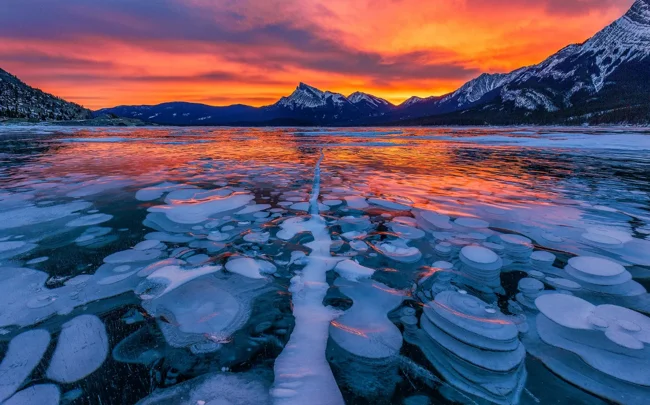Stunning nature: “the gates of hell,” an invasion of crabs and other amazing phenomena from around the world (13 photos)
Nothing surprises as much as the nature around us. After all, there are so many amazing things in it of different shapes, sizes and colors. You can be convinced of this by looking at these stunning phenomena that the Earth presents to us. 
And let's start with the “gates of hell” in Turkmenistan. In 1971, researchers caused a fire in a gas mine with their clumsy actions. The mistake was costly, because the ground there is still burning. 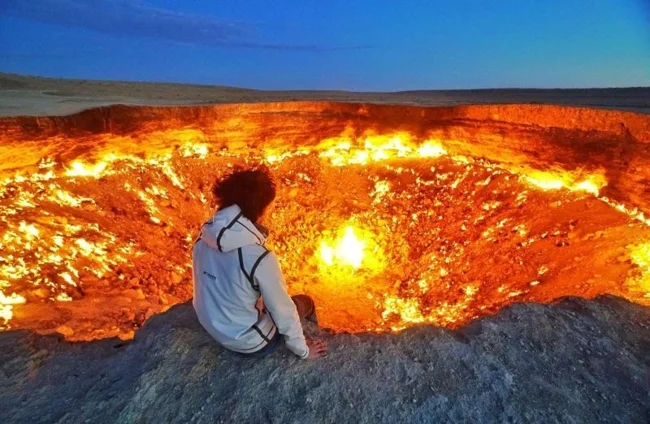
Every year, residents of Christmas Island, located near Australia, watch the migration of red crabs for a week. Because of this, most roads even have to be blocked, which is not surprising, because about 43 million of these crustaceans come to land to lay eggs. 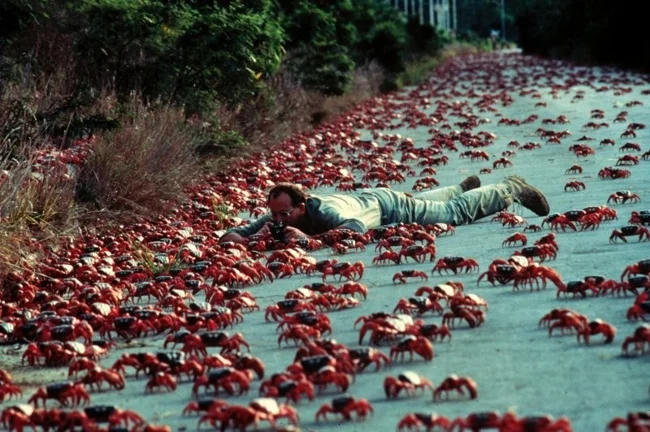
And in Venezuela you can observe such a phenomenon as the endless lightning of Catatumbo. Approximately 160 nights a year, brilliant flashes can be seen there, lasting ten hours. It looks really impressive. 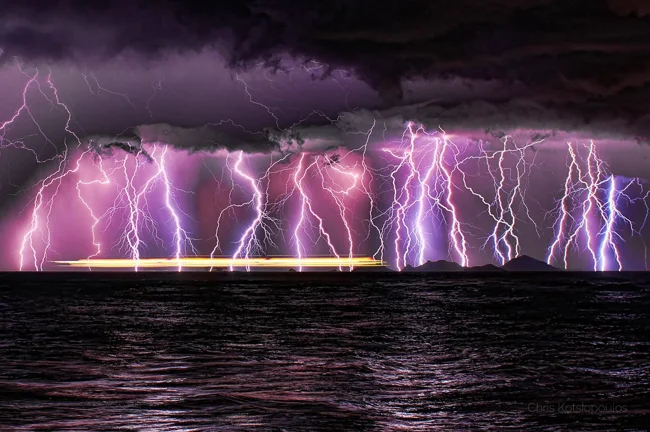
So do mud or volcanic lightning. During an eruption, the ash creates strong friction, which builds up static electricity, which causes this phenomenon. 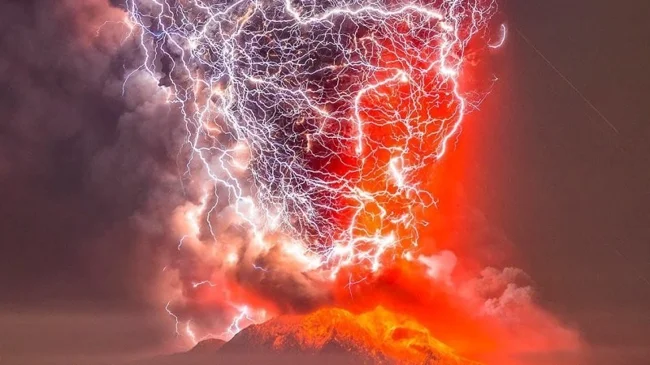
And again about Australia, where you can find such surreal webs. Near the city of Vaga-Vaga, spiders cover entire fields with a dense layer of their web. They do this in order to subsequently escape from severe floods. 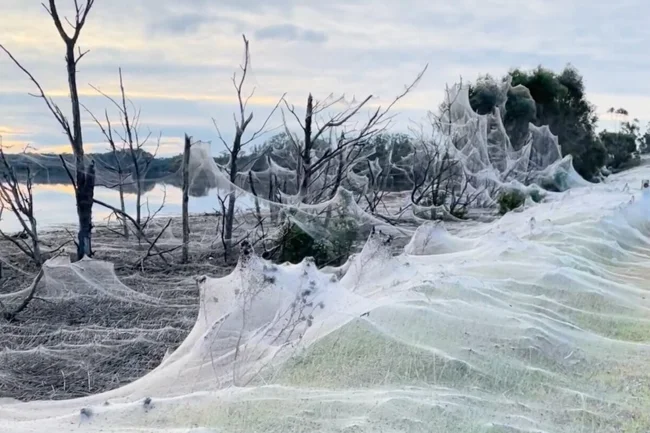
But New Zealand can boast of such spherical boulders. Finding themselves under the influence of erosion, they protrude outward with such regular outlines. 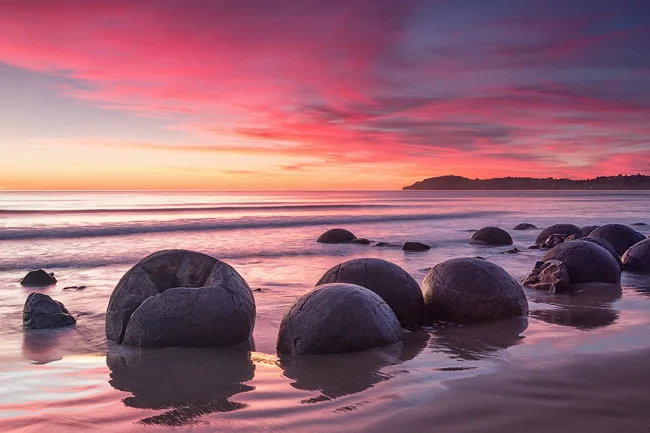
Residents of some areas of the UK can see this eerie “Black Sun” in the middle of winter. In fact, these are starlings gathered in flocks, of which up to 50 thousand individuals can gather at the same time. 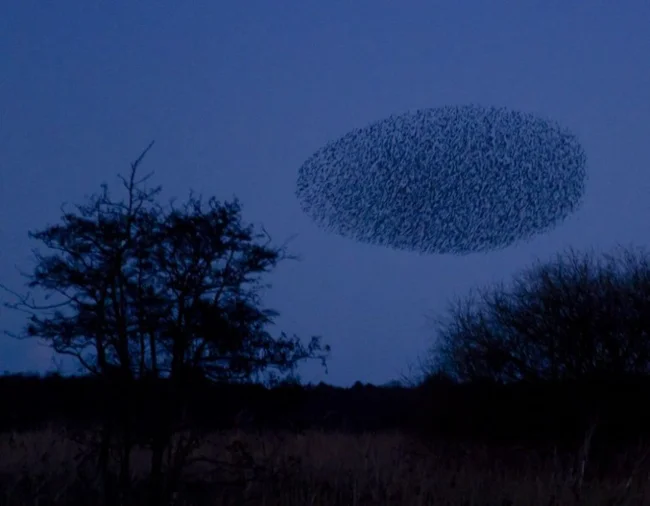
But the Greek Olympus can delight with such clouds. They form in the troposphere and form a huge fixed lens. 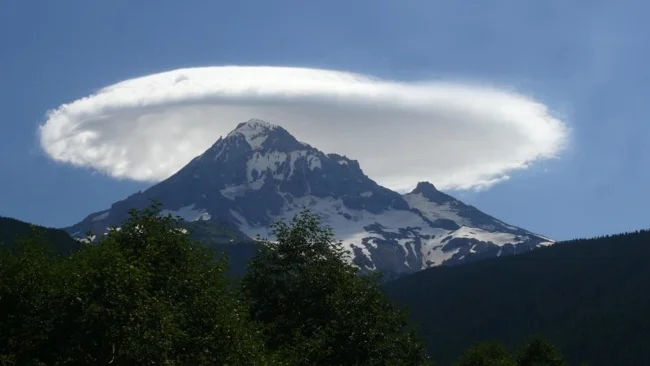
The Maldives beaches can give you a real starry sky under your feet. It's all about phytoplankton, which are able to glow in the dark when their chemical energy is converted into light under the influence of beaten water. 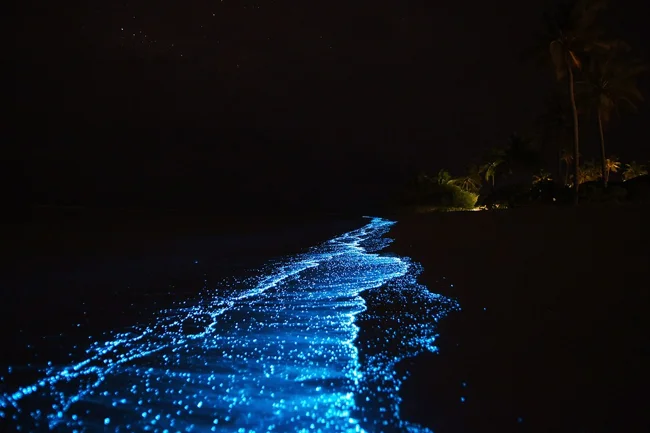
There is no more unique volcano than the one in Indonesia, because it spews blue lava. It's all about the excess amount of sulfur gas, which, when in contact with air, colors it. 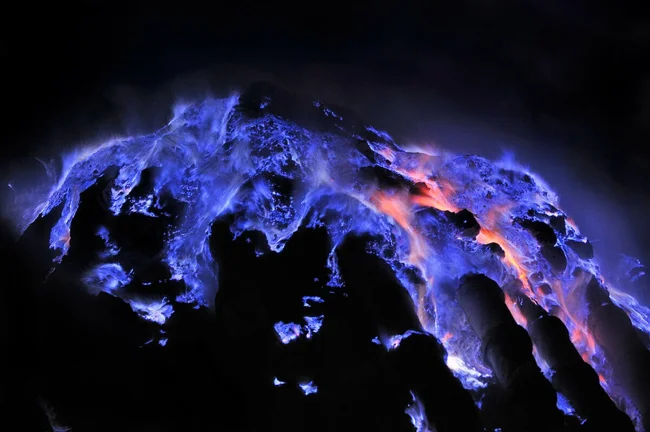
Canadian Lake Kliluk looks like some kind of chemical sludge. And this is not surprising, because this is, in fact, the greatest natural reservoir containing magnesium, sodium and calcium sulfate. True, it acquires this color only in the summer, when the temperature exceeds 40 degrees. All other seasons it is the most ordinary body of water. 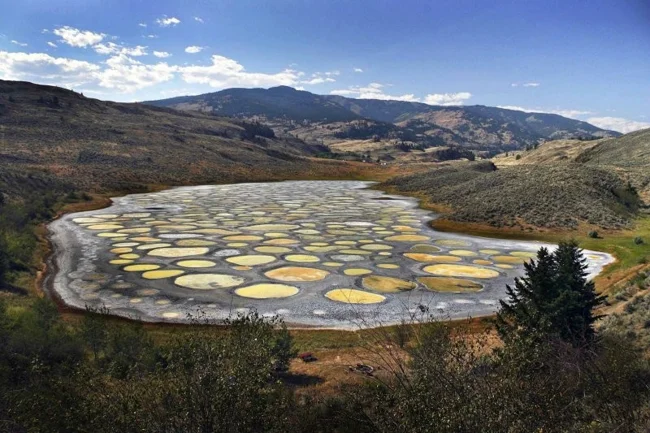
Well, let's finish with another Canadian miracle of nature, namely Lake Abraham, which may well flare up, despite the ice cover. And all because methane bubbles get trapped in the ice. Looks nice, but is flammable. 